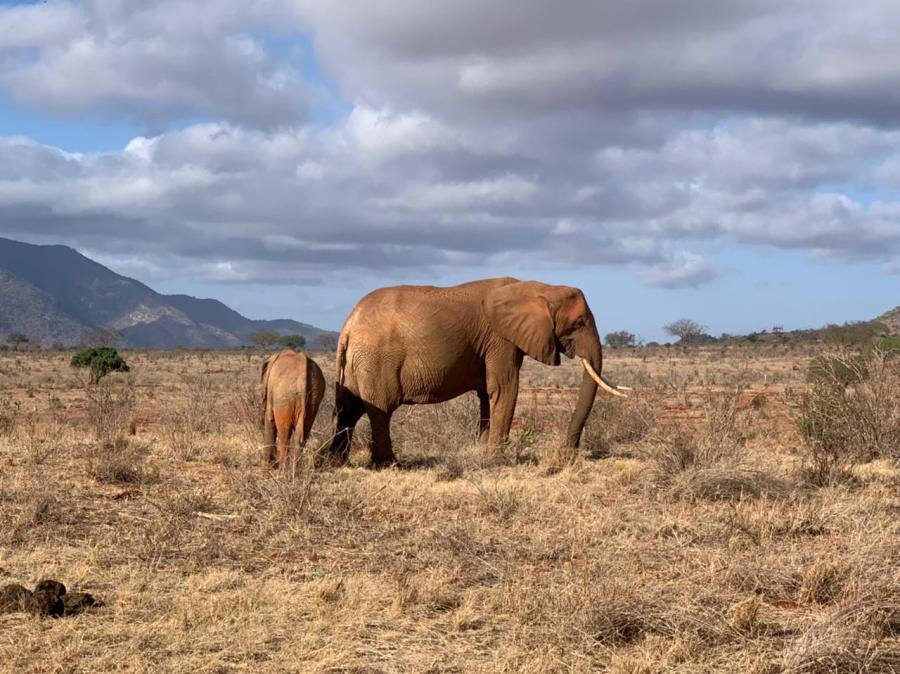The digital revolution has brought technological advances that make international communications for isolated communities easier than ever before. Unfortunately, the tools that activists in cities take for granted are unknown to most rural indigenous people.
Ledama Olekina is the founder and executive director of Maasai Education Discovery, an organization based in Narok, Kenya, that provides educational opportunities for Maasai women. Olekina travels to Kenya frequently, but lives and works in the United States, where he has better access to foundations that support his work. Being in the United States allows him to stay up-to-date on the latest technological advances that make communication with his home community easier and more effective. While most of that technology is internet-based, its communications tools extend far beyond e-mail.
The Tools
Digital Video Broadcasting (DVB)
Digital Video Broadcasting provides high-speed internet access via satellite to isolated communities around the world that do not have the infrastructure to support other kinds of internet service. With this technology, Olekina was able to set up a computer center in the rural Maasai community of Narok, Kenya, where residents can use the internet and a variety of digital media including video and audio data.
Voice Over IP (VoIP)
Voice Over Internet Protocol takes the analog audio signals you hear when speaking on the phone and transfers them into digital data that can be transmitted over the internet. As a result, a standard internet connection can be used to make free phone calls. There are several ways to use VoIP, including using an adapter to connect a phone to a computer, using a specific IP phone, and connecting computer to computer. Computer to computer calling only works if both computers have a microphone, speakers, sound card, and high-speed internet.
VoIP allows Olekina to make calls, especially international calls, at a lower cost than traditional phone services. VoIP also allows users to choose the area code that works best for their needs. An indigenous organization based outside the United States can have a U.S. phone number, making it less expensive for people within the U.S. to call them. In Olekina’s case, this technology helps him to communicate better with foundations and the U.S. Agency for International Development officers who support his work.
Optical Character Recognition (OCR)
Optical Character Recognition scans hardcopy materials and documents and turns them into data files that can be edited on a computer. With OCR scanners, users can convert documents to data files and send them as e-mail attachments, cutting down on expensive postage, and eliminating the need for unreliable and slow postal or fax services. Olekina has used this technology to complete and submit grant applications, send signed documents, and communicate with other organizations more easily than through regular mail services.
Money-Saving Strategies
While this technology can help organizations save money over the long term, they can initially be cost-prohibitive for indigenous organizations. Olekina has included computers and technology in grant proposals, but also has several other suggestions for raising money.
Several small organizations in a region can collaborate to share costs and open an internet lab in a central location. Not only does this commitment lower costs, but it also builds networks among local organizations. Olekina’s organization opened an internet center where, for a small fee, community members can call overseas and use the internet. The charge helps cover costs for running the center and gives the community cheap internet access.
Olekina thanks his relationships with organizations in the United States for helping to alleviate costs by coordinating the donation of computers, software, and other equipment. Olekina has purchased many of the computers for his center from liquidation auctions for technology companies that have closed. He also spends a great deal of time networking with companies and organizations that update their equipment every few years—computers that may be considered outdated in the United States are often still useful for rural communities that need basic services. Finally, Olekina sometimes purchases individual computer parts to build his own machines.
Olekina urges any indigenous organization with questions or looking for assistance to contact him at olekina@maasaieducationdiscovery.org. Karin Oman was a Cultural Survival intern.



